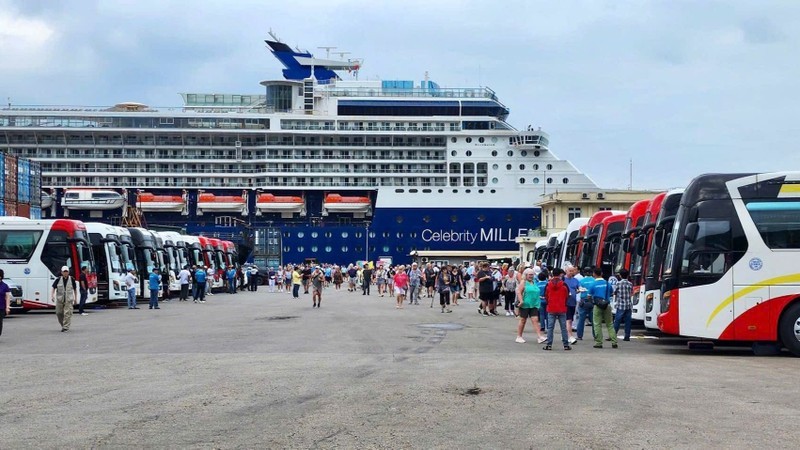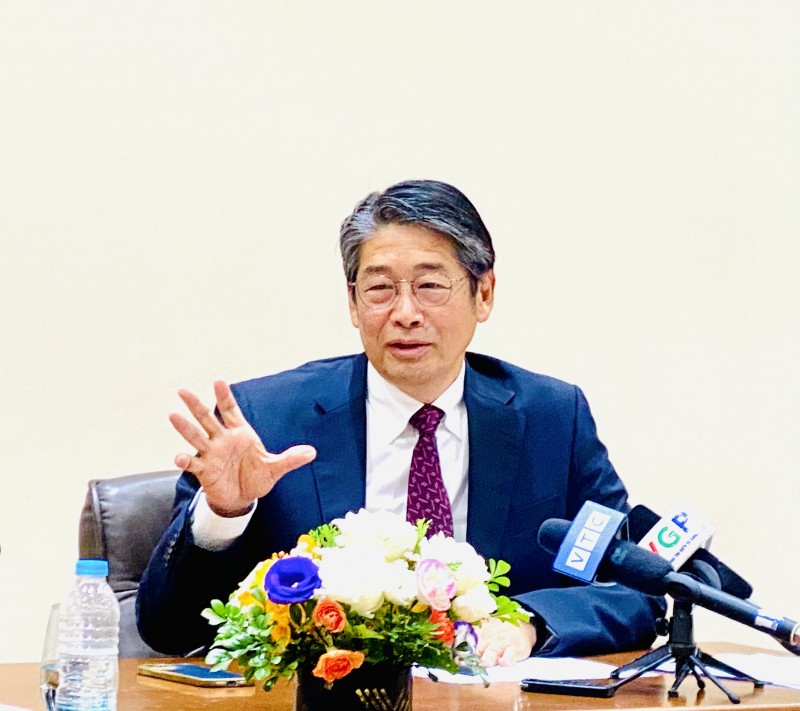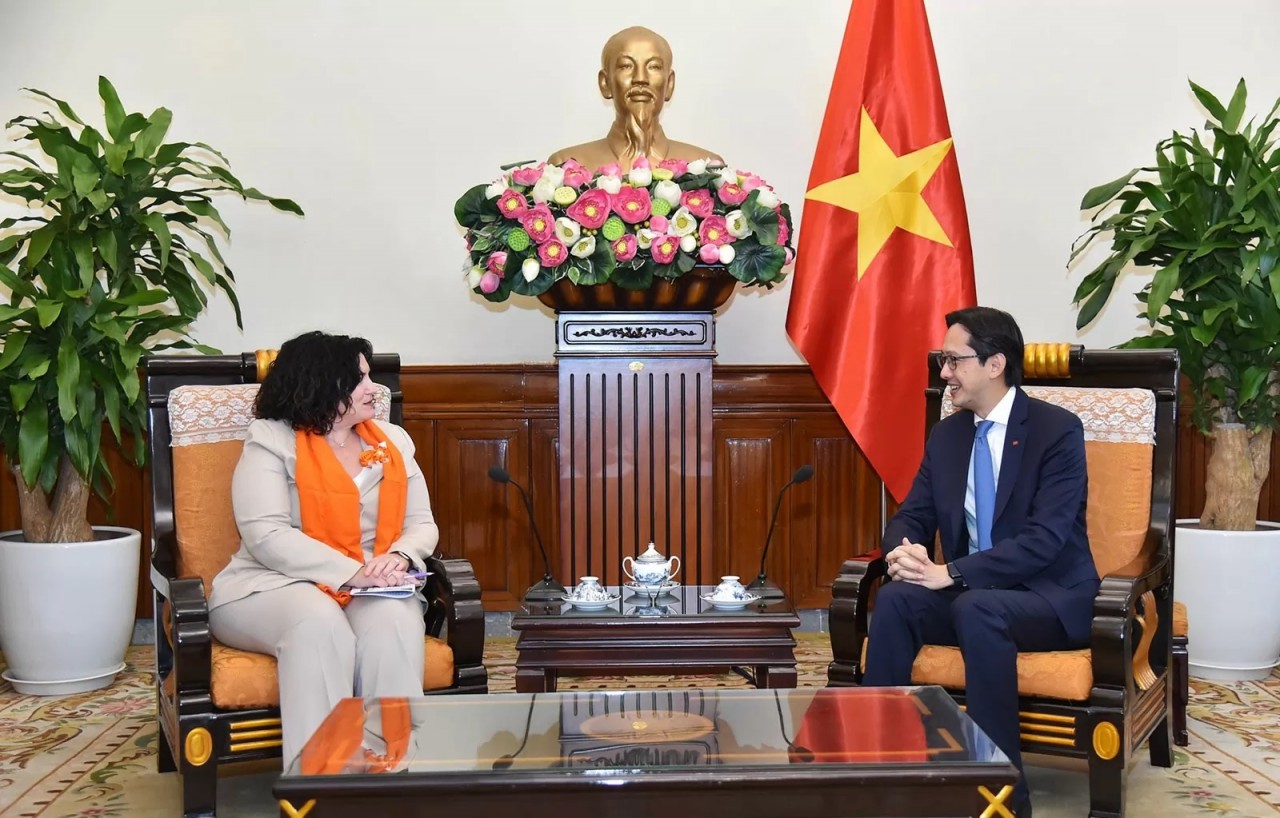New terminal at Da Nang airport needs VND3.2 trillion
Construction of a new terminal at Da Nang International Airport in the central city of Da Nang needs an estimated VND3.2 trillion, according to the Airports Corporation of Viet Nam’s (ACV) recent proposal to the Ministry of Transport.
The capital includes VND2.39 trillion for the construction and VND300 billion for premise clearance. A representative from the ACV said that the budget will be mobilized under the socialization model.
According to the ACV, the passenger terminal at the airport was completed by the corporation in 2011 with a capacity of 4 million passengers a year and 6-8 million passengers a year from 2015. However, the current passenger growth will ensure an overloaded terminal within a couple of more years. .
 |
According to statistics, passenger numbers through the airport have continuously increased with an annual average growth rate of 14%. Total passengers in 2014 reached 5 million, a 16% rise from the previous year, in which 900,000 were foreign passengers (up 53% against 2013). The figure is forecast to climb to 6 million in 2014, 9 million by 2020 and an approximated 20 million by 2030.
The building of a new terminal at the airport is needed quite urgently, helping to shape two terminals and separate the exploitation of domestic tourists from foreigners.
Spread across 40,000 square meters, the construction of the terminal is scheduled to start in January next year at the latest and is expected to be completed by June 2017.
The new terminal is expected to serve 2.3 million international visitors to Da Nang by 2022 and four million passengers by 2030.
The new terminal will come up next to the existing terminal. It will be developed on a build-operate-transfer basis./.
( Compiled by VNF )
Most read
Recommended
 Travel
Travel
Hanoi and Incheon to Promote Tourism Products
 Travel
Travel
Vietnam - Unique Destination Allures Indian Tourists
 Travel
Travel
Vietnam Welcomes 40% More International Tourists in 10 First Months of 2024
 Travel
Travel
Foreign Tourists Converge at Hanoi’s Temple of Literature for Cultural and Historical Immersion
Popular article
 Travel
Travel
6,000 International Tourists Visit Vietnam by Sea
 Travel
Travel
Phu Quoc Ranks Second Among Top 10 Best Islands In Asia
 Travel
Travel
Vietnam Among Top Countries Favored By Tourists
 Travel
Travel








